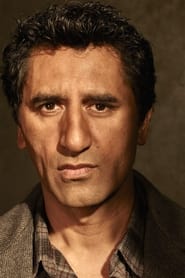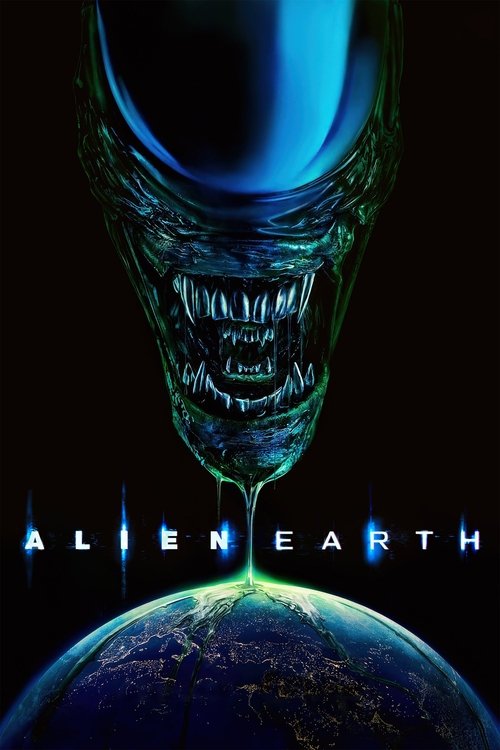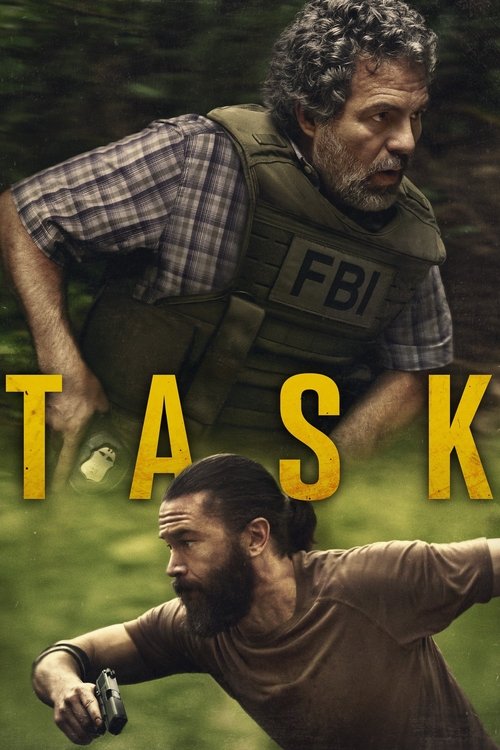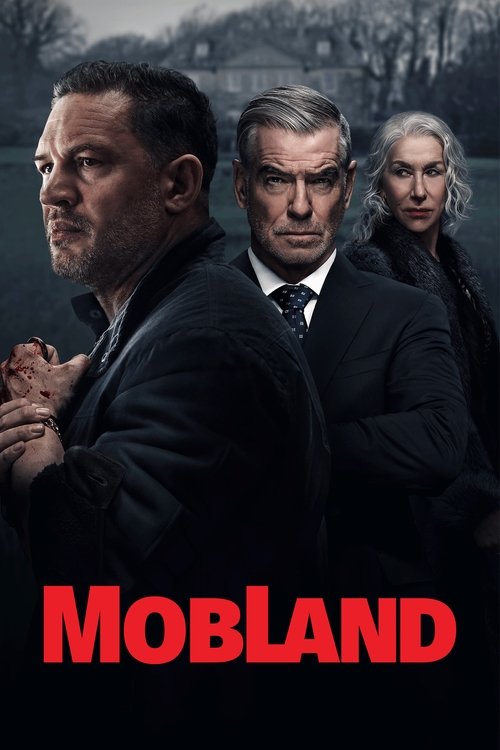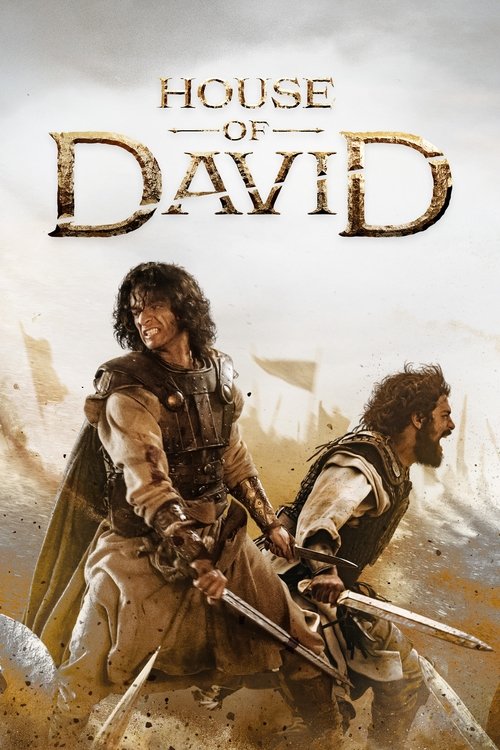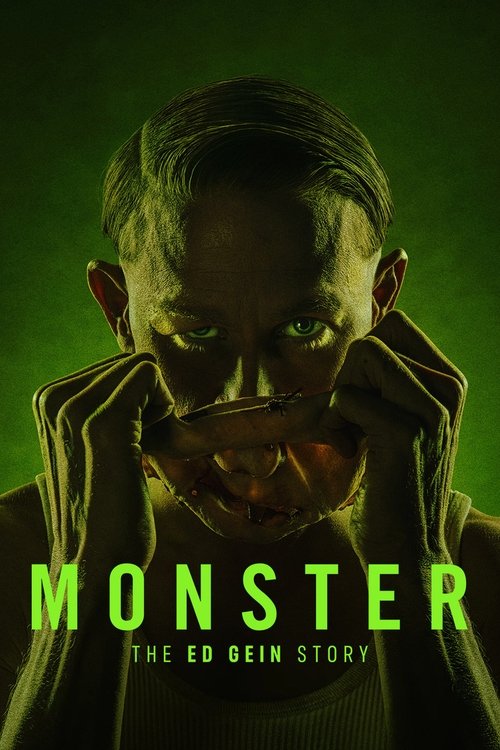
Ask Your Own Question
What is the plot?
The series opens with Ka'iana, a Maui war chief who has deserted his island's army to live peacefully on Kaua'i with his two brothers, Nahi' and Namake, and their partners Kupuohi and Heke. This tranquil life is depicted with scenes of plant-based architecture, local children playfully interacting with Ka'iana, and a sense of calm that contrasts with his past as a warrior. Despite his desire for peace, Ka'iana is restless, embodying the contradiction of a war chief who runs from war.
Ka'iana's peaceful existence is disrupted when he encounters Kaʻahumanu, a young Maui woman hiding in a cave to avoid her councilor father, who intends to send her to Hawai'i to marry Kamehameha. Kaʻahumanu tells Ka'iana that he is a "chief of contradictions," highlighting his internal conflict. Meanwhile, the political landscape is tense: King Kahekili is a ruthless ruler, and Kamehameha, though inclined toward peace, is preparing for war. The possession of the "god of war," a military good-luck charm, becomes a significant point of contention among the island kingdoms.
Ka'iana is drawn back into conflict when he learns that his king is a bloodthirsty madman intent on uniting the islands under his rule, using Ka'iana as a tool. This realization forces Ka'iana to confront his past and his role in the impending war. During this period, Ka'iana is wounded, and his path crosses again with Kaʻahumanu, who is becoming a pawn in the power struggles shaping the islands. The arrival of Europeans adds complexity, as their presence threatens both the indigenous kingdoms and their way of life.
As King Kamehameha I prepares to invade O'ahu, Ka'iana, once one of Kamehameha's most trusted war leaders, is excluded from key war councils, signaling danger for him. In response, Ka'iana defects from Kamehameha's side and joins the defenders of O'ahu under his cousin Kalanikūpule. This decision marks a critical turning point, as Ka'iana chooses defiance over loyalty to Kamehameha.
The Battle of Nu'uanu unfolds near a stone wall close to what is now Queen Emma's Summer Palace. Ka'iana fights fiercely alongside O'ahu's warriors but is killed early in the battle. Hundreds of his warriors also fall. The battle is brutal and decisive, symbolizing the violent cost of unification. Ka'iana's death is portrayed as both a betrayal and a principled stand against Kamehameha's ambitions, reflecting the complex motivations behind the conflict.
Throughout the series, the narrative explores the sacred heiau temples, the martial arts of Kapu Ku'ialua, and the intricate alliances that shaped the islands before Western contact. The story also highlights the roles of women, particularly Kaʻahumanu, who influence the political and cultural shifts during this turbulent period.
The series concludes with the aftermath of the Battle of Nu'uanu, showing the consequences of Kamehameha's unification campaign and the profound changes it brings to Hawaiian society. Ka'iana's legacy is left ambiguous, seen by some as a visionary who foresaw the coming changes and by others as a tragic figure overwhelmed by forces beyond his control.
What is the ending?
The TV show Chief of War (2025) ends with a climactic confrontation in the final episode titled "The Black Desert," where Ka'iana, the warrior chief, returns to Hawai'i to challenge King Kahekili's rule. After a series of battles and political maneuvers, Ka'iana confronts Kahekili, leading to a decisive moment that reshapes the power dynamics of the islands. The main characters face their fates: Ka'iana secures a new path for peace, Kahekili's ambitions are curtailed, and the islands begin a fragile transition toward unity.
Expanding on the ending scene by scene:
The finale opens in the stark landscape known as the Black Desert, where Ka'iana and his loyal warriors prepare for the final battle against King Kahekili's forces. The tension is palpable as both sides marshal their strength, aware that the outcome will determine the future of the Hawaiian islands.
Ka'iana, having returned from years abroad with knowledge of advanced weaponry and alliances, leads a strategic assault. The battle scenes are intense and detailed, showing the clash of traditional Hawaiian warfare with the new influences Ka'iana has brought back. The warriors fight fiercely, with Ka'iana demonstrating both his combat skill and leadership.
During the battle, key moments highlight the personal stakes: Ka'iana confronts his past guilt over the O'ahu massacre, seeking redemption through victory. His closest allies fight alongside him, each facing their own trials. The camera lingers on their expressions, capturing the weight of their commitment.
King Kahekili, commanding his forces with ruthless determination, is portrayed as a formidable opponent. However, as the battle progresses, cracks appear in his command. His ambition to govern all four main islands through his bloodline is challenged not only militarily but also politically, as some chiefs begin to question his rule.
In a pivotal scene, Ka'iana and Kahekili face each other directly. Their dialogue is terse but charged, reflecting the deep conflict between them. The confrontation ends with Ka'iana gaining the upper hand, symbolizing a shift in power.
Following the battle, the show depicts the aftermath: Kahekili's forces retreat or surrender, and Ka'iana begins the work of healing the fractured islands. The final scenes show the main characters--Ka'iana, his allies, and former enemies--engaging in acts of reconciliation and rebuilding.
Ka'iana's fate is one of cautious optimism; he emerges as a leader who has earned respect and is poised to guide Hawai'i toward peace. King Kahekili's fate is left somewhat open but clearly diminished, his dream of absolute rule thwarted. Other main characters find their paths altered by the conflict, some choosing exile, others embracing new roles in the evolving political landscape.
Throughout the ending, the show emphasizes the themes of cultural preservation, the cost of war, and the complex nature of leadership during times of upheaval. The narrative closes on a note that honors Hawaiian tradition while acknowledging the inevitability of change.
This detailed, scene-by-scene narration captures the final episode's events and the fates of the main characters as they conclude the story arc of Chief of War (2025).
Who dies?
Yes, several characters die in the 2025 TV show Chief of War. The most notable death is that of Ka'iana, played by Jason Momoa. Ka'iana was initially one of King Kamehameha I's most trusted war leaders but was later excluded from key war councils, signaling that his life was in danger. In defiance, he defected to fight against Kamehameha by joining the defenders of O'ahu under his cousin Kalanikūpule. Ka'iana was killed early in the Battle of Nu'uanu near a stone wall close to what is now Queen Emma's Summer Palace. His death occurs amid a brutal conflict that involved hundreds of warriors falling. The circumstances of his death reflect the complex loyalties and violent upheavals during the unification of Hawaii, with some viewing him as a traitor and others as a tragic visionary caught between worlds.
Other deaths are implied in the series' depiction of the unification wars, which do not shy away from the bloodshed and sacrifices involved, but Ka'iana's death is the most explicitly detailed and significant in the early episodes.
No other specific character deaths with detailed circumstances have been highlighted in the available information up to episode 4, though the series continues to explore the violent and turbulent period of Hawaiian history, so more deaths may occur in later episodes.
Is there a post-credit scene?
There is no information available regarding a post-credit scene for the TV show "Chief of War" produced in 2025. The search results do not mention any details about post-credit scenes for this series. If such scenes exist, they are not documented in the provided sources.
To provide a detailed description of any post-credit scene, one would need access to specific information about the show's episodes or reviews that mention such scenes. As of now, there is no available data to confirm or describe a post-credit scene for "Chief of War."
What motivates Ka'iana to desert the Maui army and live a peaceful life on Kaua'i?
Ka'iana, a Maui war chief, deserts the Maui army to live peacefully on Kaua'i with his brothers and significant others, seeking a superior lifestyle away from war. However, circumstances force him back into conflict, reflecting his internal contradictions as a war chief who runs from war.
How does Ka'iana's relationship with King Kamehameha evolve throughout the series?
Initially one of King Kamehameha's trusted war leaders, Ka'iana becomes excluded from key war councils by 1795, signaling danger to his life. In defiance, he breaks from Kamehameha and joins the defenders of O'ahu under his cousin Kalanikūpule, leading to his death in the Battle of Nu'uanu. This shift highlights tensions between loyalty and personal principles amid the unification wars.
Who is Ka'ahumanu and what role does she play in the story?
Ka'ahumanu is a young Maui woman who Ka'iana meets while on the run. She is hiding from her councilor father, who wants to marry her to Kamehameha. Her character becomes a key figure and pawn in the power struggles among the island kingdoms, with the series giving significant screen time to her and other women, reflecting their major roles in historical events.
What is the significance of the 'god of war' in the series?
The 'god of war' is a military good-luck charm whose possession becomes a major issue in the power dynamics between the island kingdoms. Kamehameha is in charge of it, and its control symbolizes military and political power, influencing alliances and conflicts throughout the story.
How are the European characters and their ambitions portrayed in the series?
Rogue white sailors appear as antagonists with their own dreams of conquest, adding complexity to the island conflicts. The series references earlier encounters, such as Captain Cook's demise, and suggests that the arrival of Europeans will have significant and likely detrimental effects on both the indigenous kingdoms and the newcomers.
Is this family friendly?
The TV show Chief of War (2025) is not family friendly and is rated TV-MA in the United States, with age recommendations of 16+ or higher in other countries. It contains severe violence and intense scenes, including graphic battle violence such as throat cutting, head bashing, blood splatter, and characters showing pain. There is also mild sexual content, including implied sex scenes with no nudity shown but some partial rear nudity and native attire exposing skin. Mild alcohol use is present, and there is some profanity, including the f-word used once. The show's themes and scenes are intense and may be upsetting for children or sensitive viewers.
In summary, potentially objectionable or upsetting aspects include:
- Severe and graphic violence and battle scenes with blood and executions
- Intense and frightening moments
- Mild sexual content with implied sex and partial nudity
- Some profanity (rare)
- Mild alcohol use
Because of these elements, Chief of War is best suited for mature audiences and is not recommended for children or those sensitive to violence and sexual content.






